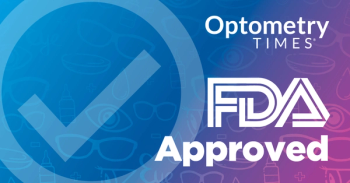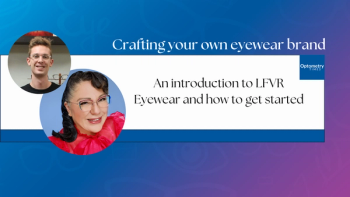
Ocular surface strategies are a must for treating patients with glaucoma
As a chronic disease, glaucoma requires long-term, lifetime treatment, often with multiple ophthalmic medications.
The prevalence of ocular surface disease (OSD) is high in glaucoma patients.1 A number of factors-including increased age and medications typically taken by seniors, such as antihypertensives, antidepressants, and antihistamines-can cause dry eye symptoms and OSD. Additionally, repeated exposure to certain preservatives used in glaucoma medications can exacerbate this condition.
In a study of 630 glaucoma or ocular hypertension patients on topical IOP-lowering medications, nearly half had OSD index scores reflecting at least mild OSD symptoms; more than a quarter were classified as having moderate or severe OSD.2
BAK toxicity
Although benzalkonium chloride (BAK) does a remarkable job of keeping multi-dose eye drops sterile, animal experiments and clinical studies have shown that BAK can have dose-dependent toxic effects, compromising tear film stability and causing irritation to the cornea and conjunctiva. These ocular side effects may cause symptoms such as stinging, burning, and dryness.1,4
Considerable evidence also shows that preservatives can compromise the integrity of the tear film through their detergent effect on the lipid layer. This reduces tear film stability, causing excessive evaporation and resulting in increased ocular dryness.5,6,7 An impaired tear film can predispose the eye to inflammation and conjunctival metaplasia.
In addition, preservatives can affect the goblet cells by reducing their number and production of the protective mucin layer.8 Other effects of excessive preservative use include conjunctival epithelium inflammation and subconjunctival fibrosis.1
The side effects associated with long-term use of preserved anti-glaucoma medications can also adversely impact patient compliance with therapy and the likelihood of successful treatment.9
Newsletter
Want more insights like this? Subscribe to Optometry Times and get clinical pearls and practice tips delivered straight to your inbox.


















































.png)


